How cold does it have to be to snow?
Different ground and air temperatures lead to rain, sleet or snow
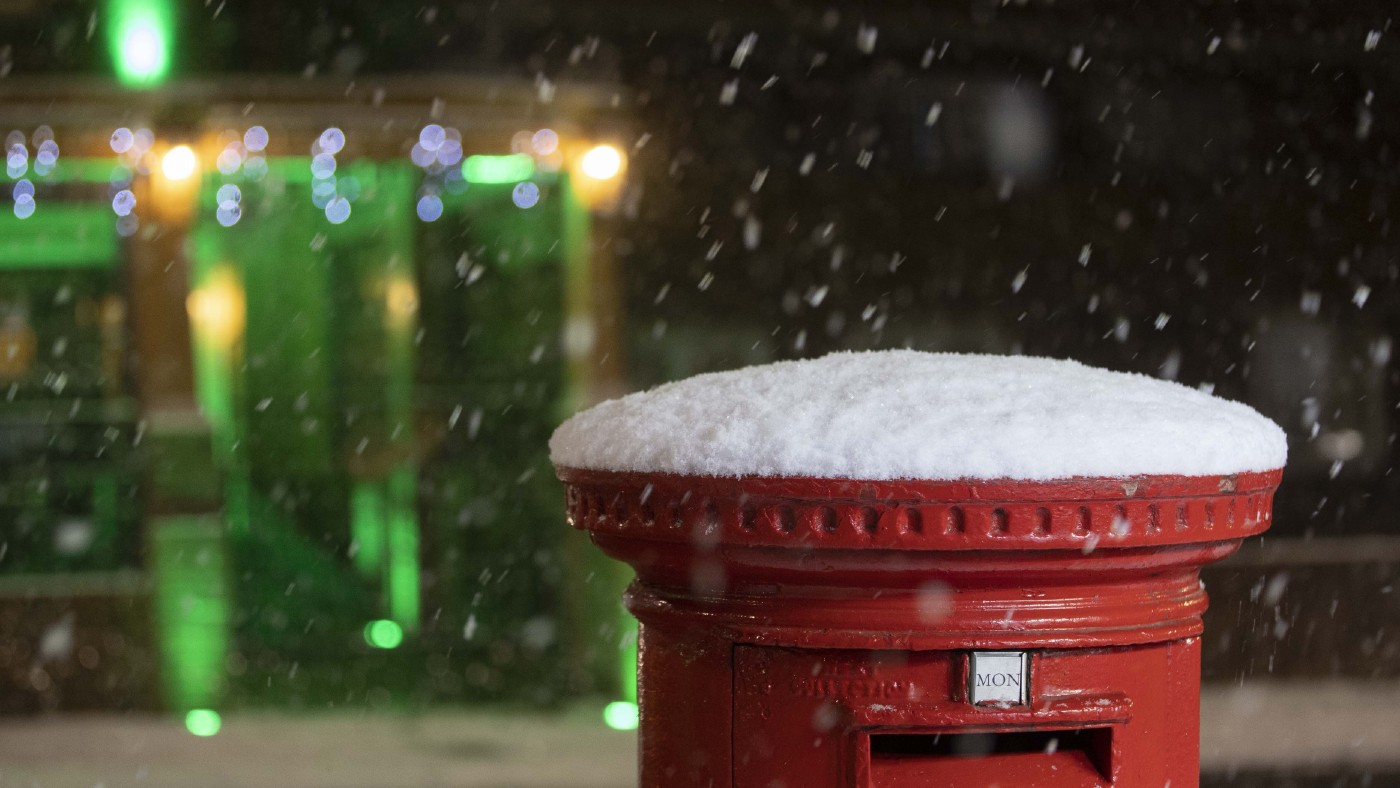
Schools have closed and trains have been cancelled across the UK following the coldest night of the year so far, with temperatures dipping to below -15C in parts of Scotland.
Much of the British Isles is now covered in snow, with the Met Office predicting ice and further snowfall for every day this week. Yellow weather warnings, which mean there could be travel disruptions, are in place across the UK – and reports of Brits spending hours stuck in cars due to snowy or icy conditions have been making headlines in the last 24 hours.
Met Office meteorologist Rachel Ayers said there is a possibility that conditions will become slightly milder by the weekend, but it is “too early to be certain”, reported The Guardian.
The Week
Escape your echo chamber. Get the facts behind the news, plus analysis from multiple perspectives.

Sign up for The Week's Free Newsletters
From our morning news briefing to a weekly Good News Newsletter, get the best of The Week delivered directly to your inbox.
From our morning news briefing to a weekly Good News Newsletter, get the best of The Week delivered directly to your inbox.
What is snow and how does it form?
The Met Office defines snow as “solid precipitation” that forms in “a variety of minute ice crystals at temperatures well below 0C but as larger snowflakes at temperatures near 0C”.
When these ice crystals join together, they form the unique and intricate shapes we know as snowflakes. The joining process occurs when crystals “descend through moist air that is slightly warmer than 0C” meaning they “melt around the edges and stick together to produce big flakes”.
Rain, snow and sleet are all closely related and the presence of one rather than another depends on the air temperature. Snow falls as sleet when temperatures are above 2C and as rain when temperatures are warmer than 5C.
For snow to form the deep blanket of white that can be shaped into snowmen and snowballs, ground temperatures need to be below 2C and the air temperature between 0 and 2C, explained Metro. Any warmer and the snowflakes will melt immediately upon contact with the ground.
A free daily email with the biggest news stories of the day – and the best features from TheWeek.com
It is a myth that temperatures need to be below zero to snow. In the UK, the heaviest snowfalls generally occur when the air temperature is between 0C and 2C, rather than below freezing.
Can it ever be too cold to snow?
Rather surprisingly, it can be too cold for snow. As the Maryland meteorologist Matt Peroutka told Scientific American, “the atmosphere must contain moisture to generate snow – and very cold air contains very little moisture”. As a result, snowfall becomes unlikely when ground temperatures drop to around -20C or colder.
That said, although snow is unlikely to form at extremely cold temperatures, there is “no such thing as too low a temperature for some sort of ice crystal to form and for such crystals to settle out and land on the surface”, added Peroutka.
However, without the necessary moisture in the air, those ice crystals cannot link together to form snow. Crystals that fall to the ground without bonding are typically described as “ice fog” rather than snow.
Are there different types of snow?
Broadly, snow can be described as either wet or dry, depending on the composition of the icy crystals. Dry snow, described by Snow Guide as the “sweetest type of snow there is”, forms when the crystals struggle to bind properly in cool air with little moisture. It’s the most coveted variety for winter sports and is also known as powdery snow.
Wet snow, which occurs when the temperature is just above freezing and so is more compact because the snowflakes melt and stick together, is best for snowball fights, said the Met Office.
-
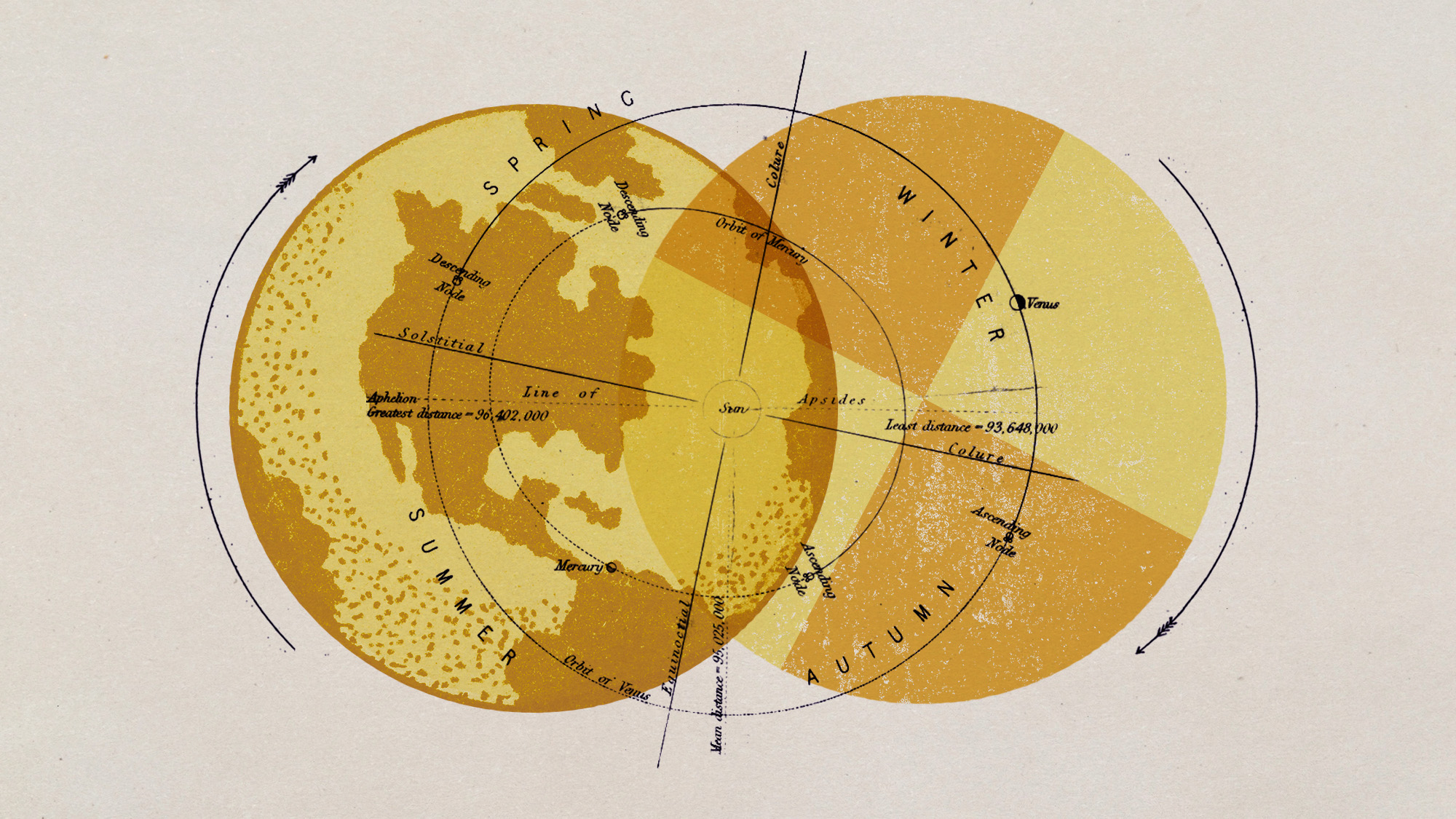 Earth's seasons are out of whack
Earth's seasons are out of whackUnder the radar The seasons' unfixed nature in different regions of the planet may have impacted biodiversity and evolution
-
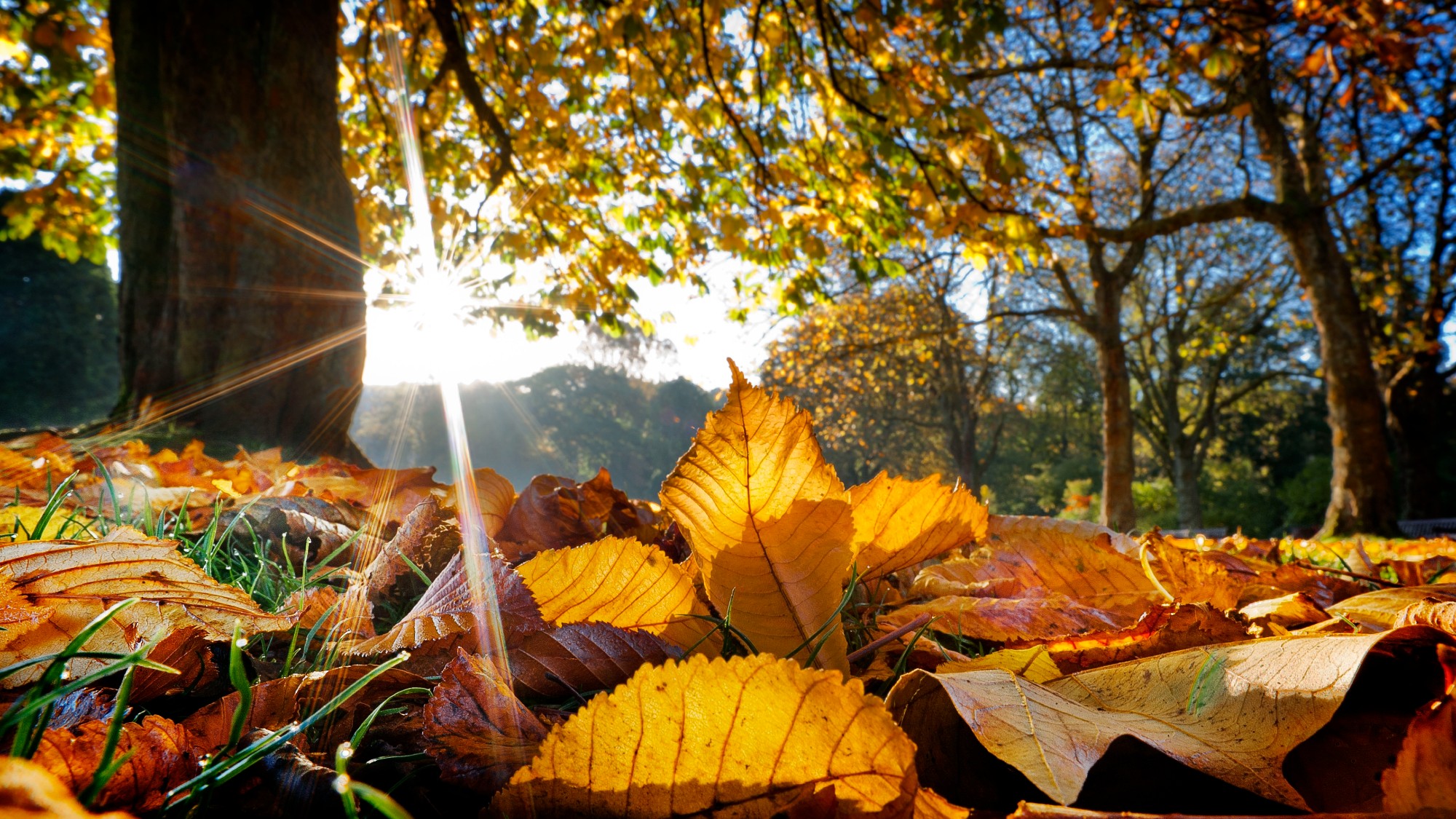 When does autumn begin?
When does autumn begin?The Explainer The UK is experiencing a 'false autumn', as climate change shifts seasonal weather patterns
-
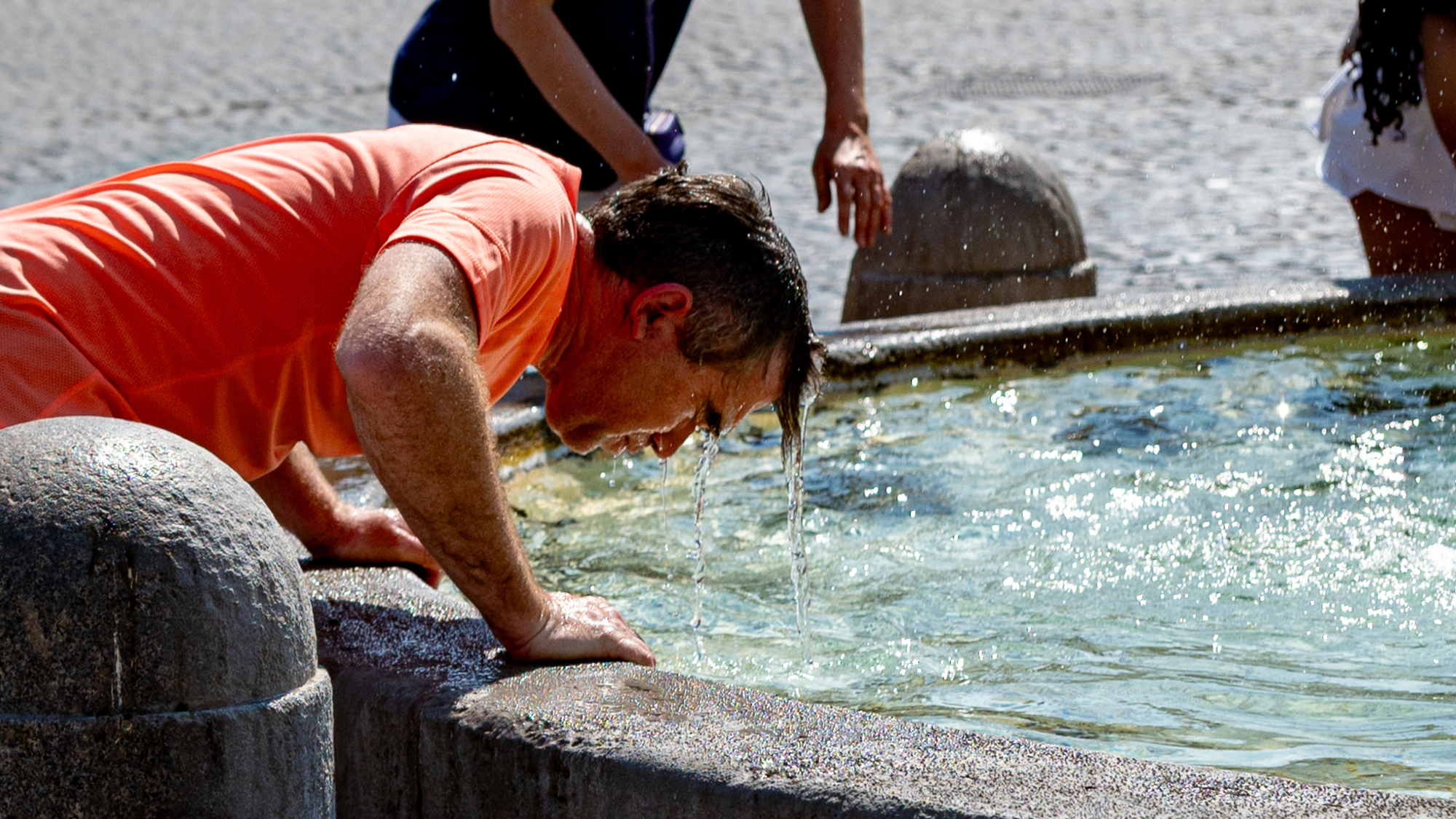 Europe's heatwave: the new front line of climate change
Europe's heatwave: the new front line of climate changeIn the Spotlight How will the continent adapt to 'bearing the brunt of climate change'?
-
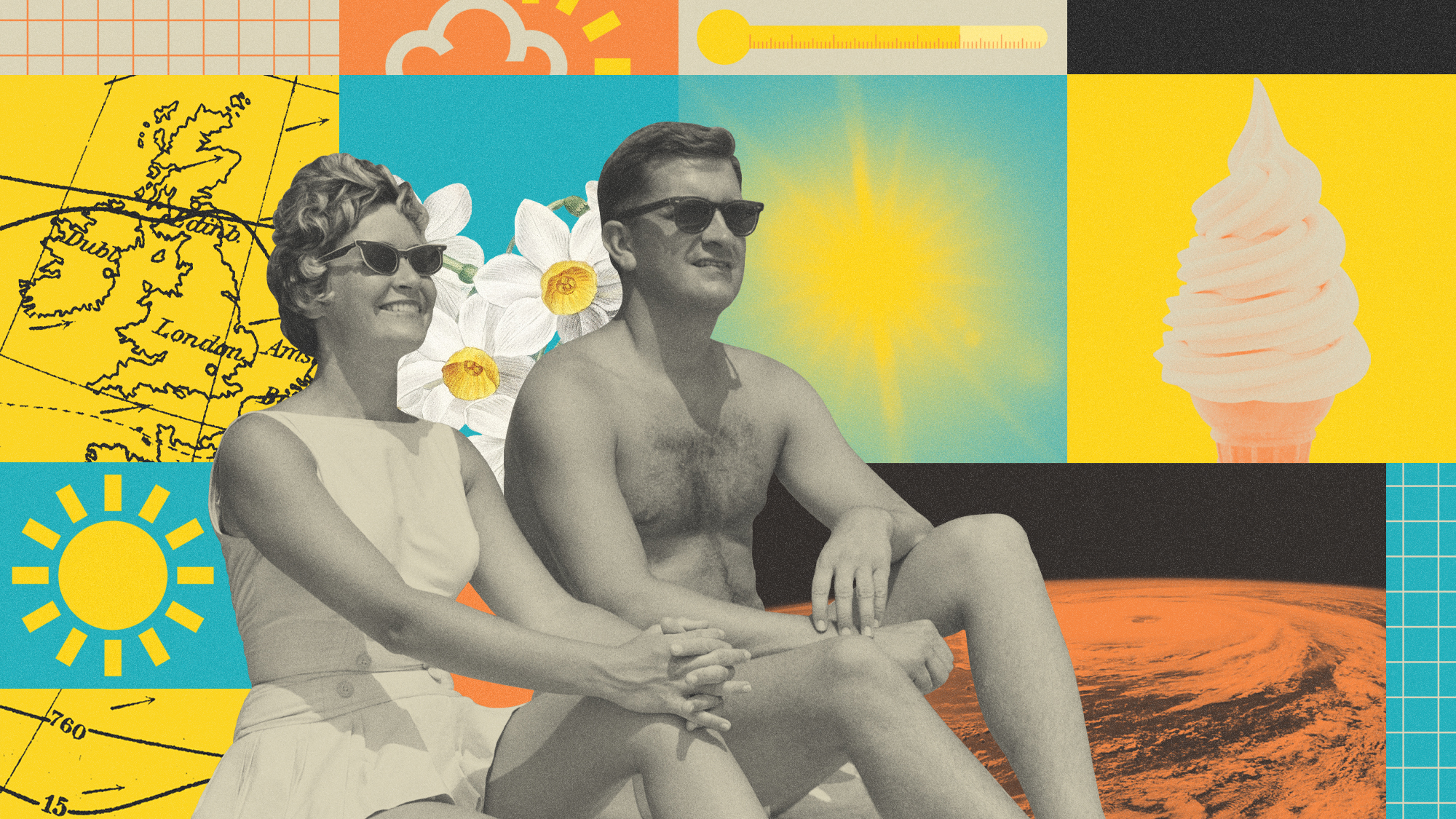 Why the weather keeps getting 'stuck'
Why the weather keeps getting 'stuck'In the Spotlight Record hot and dry spring caused by 'blocked' area of high pressure above the UK
-
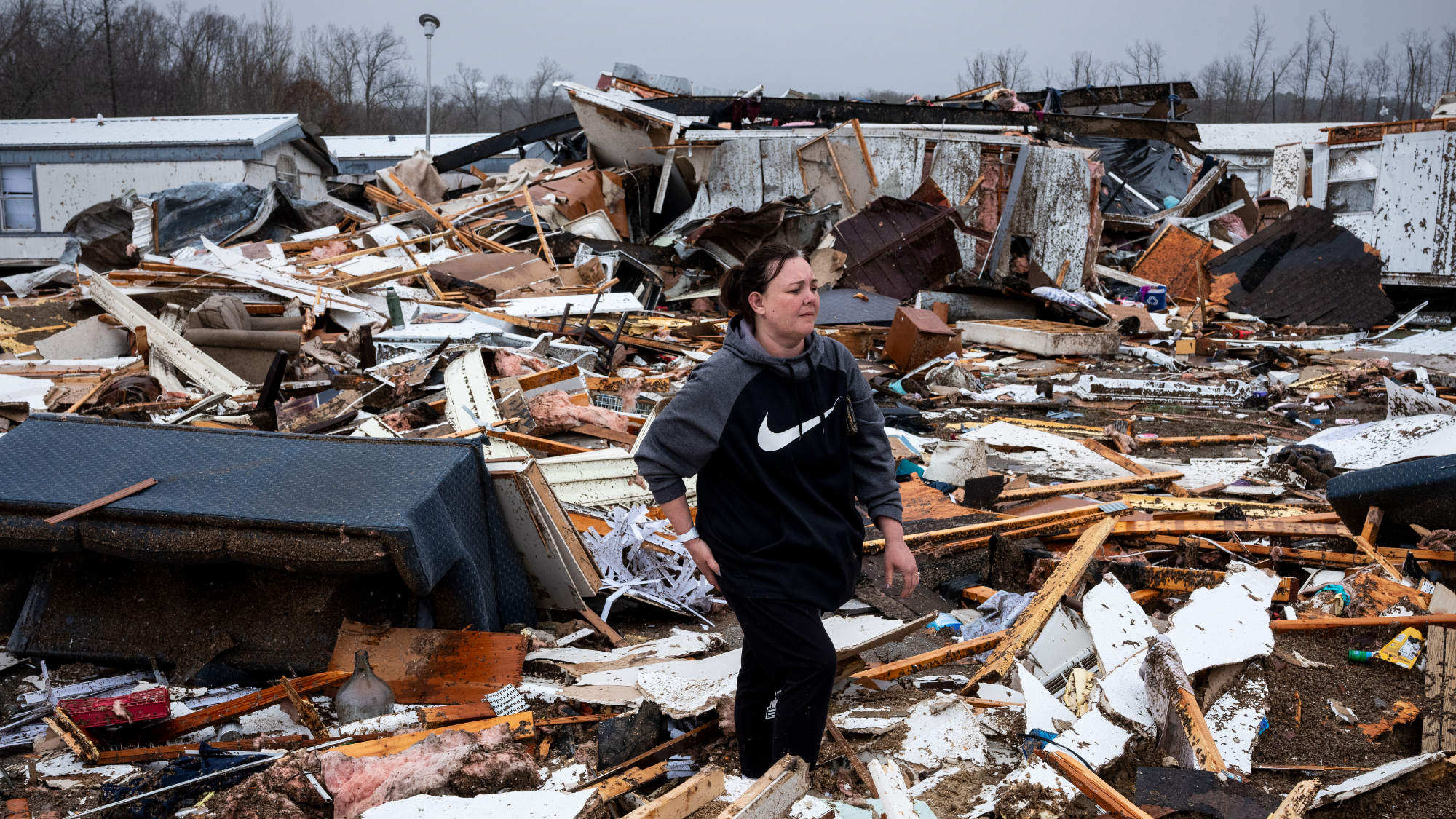 Severe storms kill dozens across central US
Severe storms kill dozens across central USSpeed Read At least 40 people were killed over the weekend by tornadoes, wildfires and dust storms
-
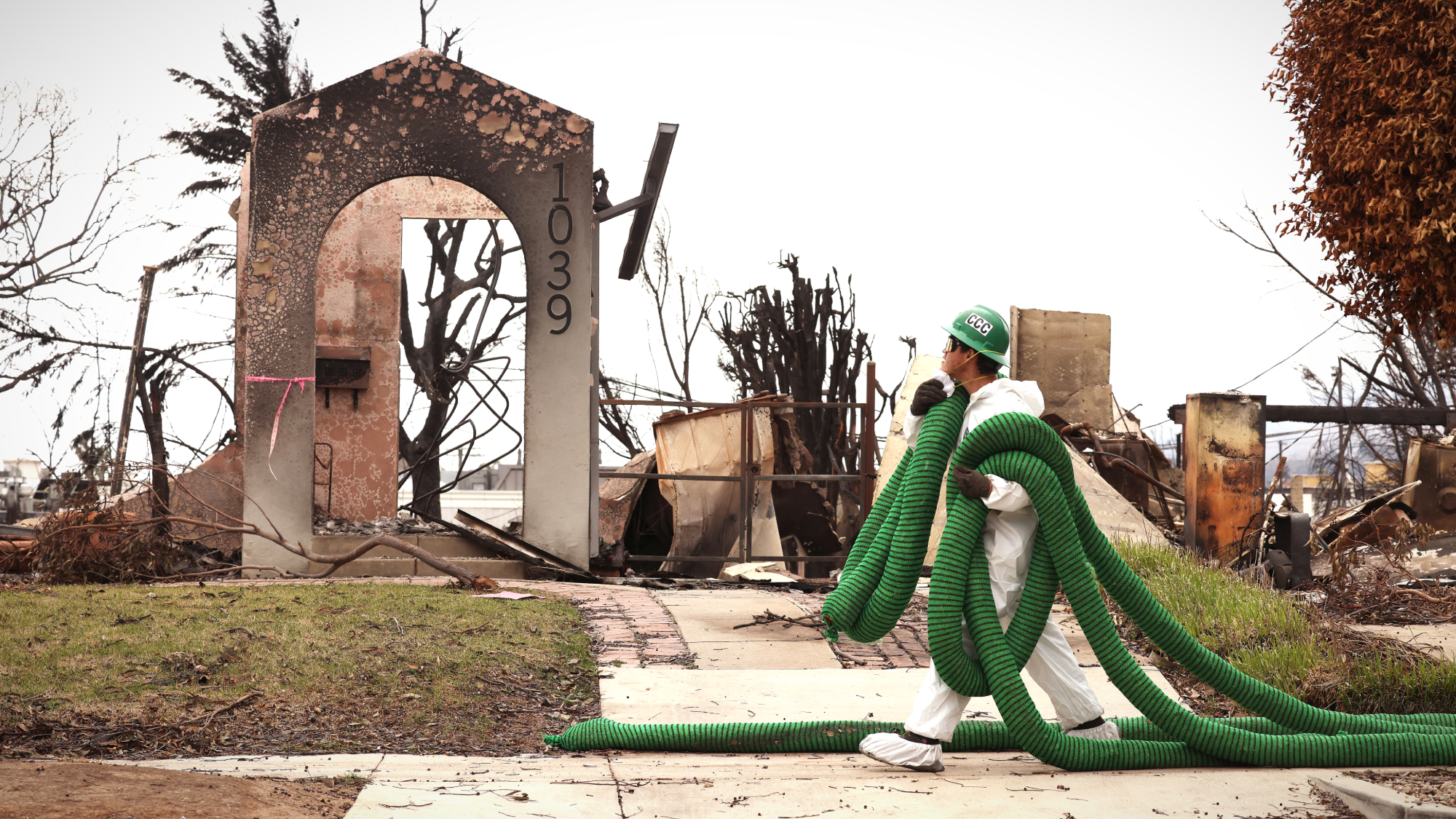 Rain helps Los Angeles wildfires, risks mudslides
Rain helps Los Angeles wildfires, risks mudslidesSpeed Read The weather provided relief for crews working to contain wildfires, though rain over a burn area ups the chances of flooding and mudslides
-
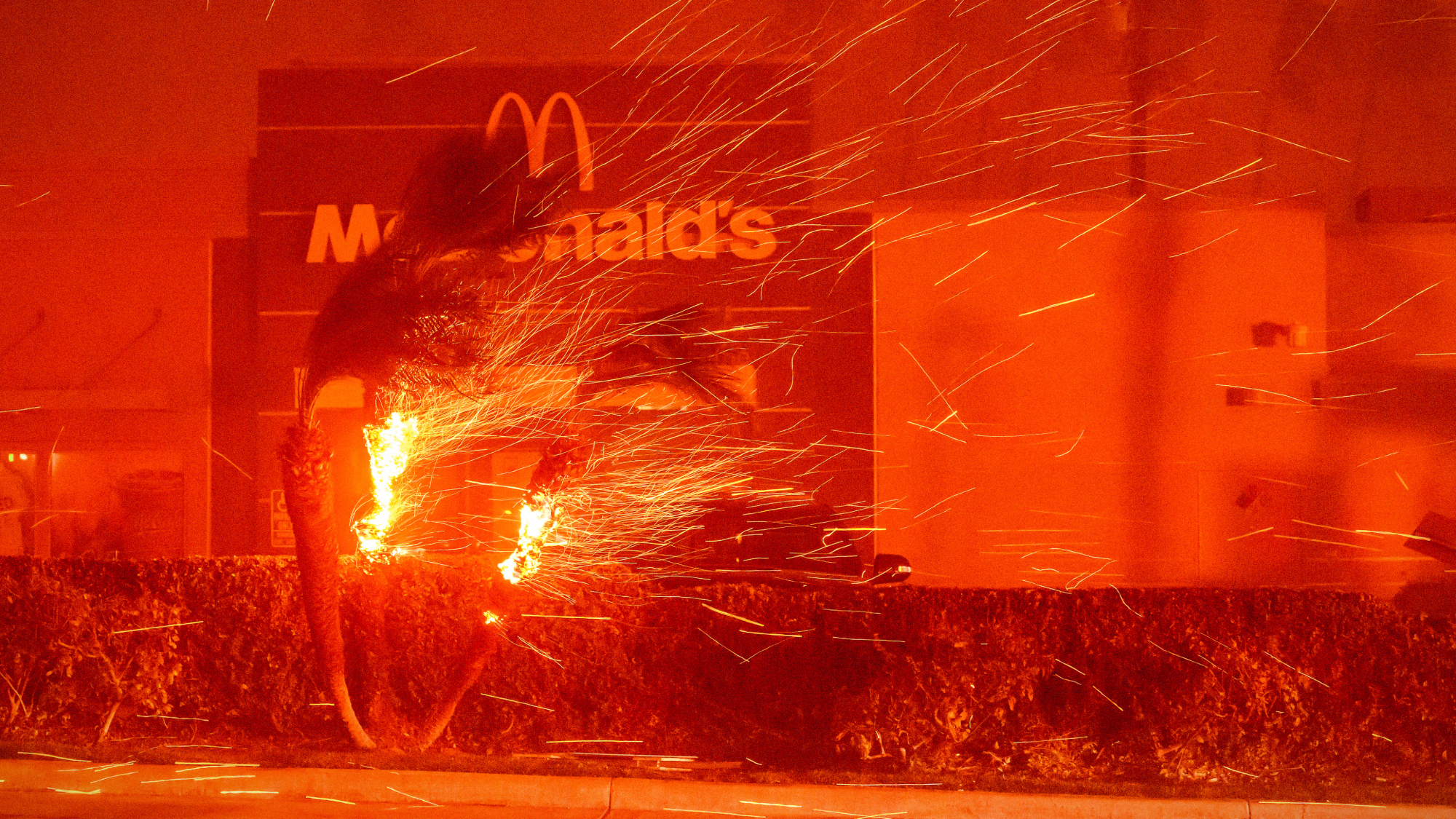 Fast-spreading Los Angeles wildfires spark panic
Fast-spreading Los Angeles wildfires spark panicSpeed Read About 30,000 people were under an evacuation order as the inferno spread
-
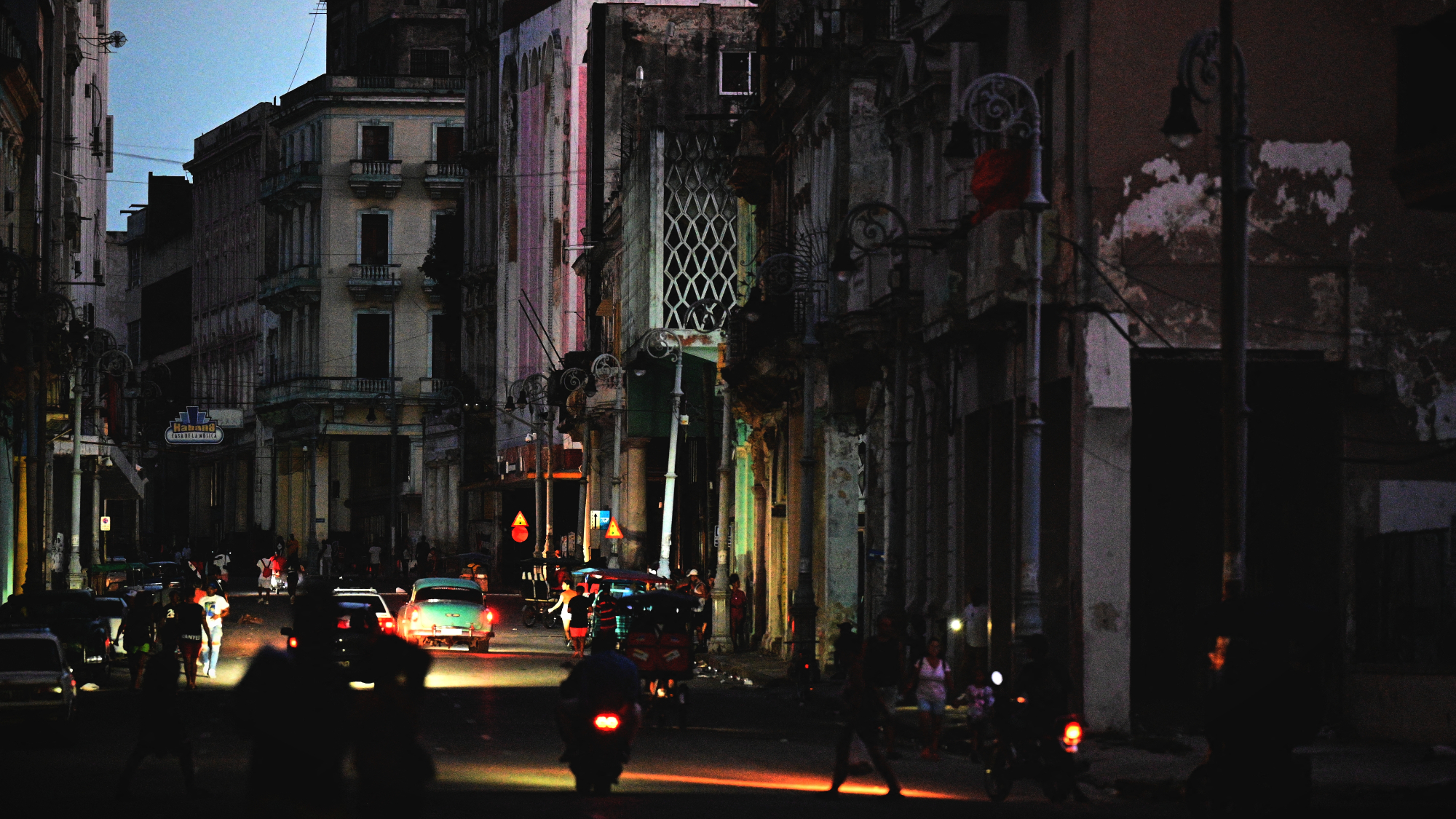 Cuba roiled by island-wide blackouts, Hurricane Oscar
Cuba roiled by island-wide blackouts, Hurricane OscarSpeed Read The country's power grid collapsed for the fourth time in just two days


